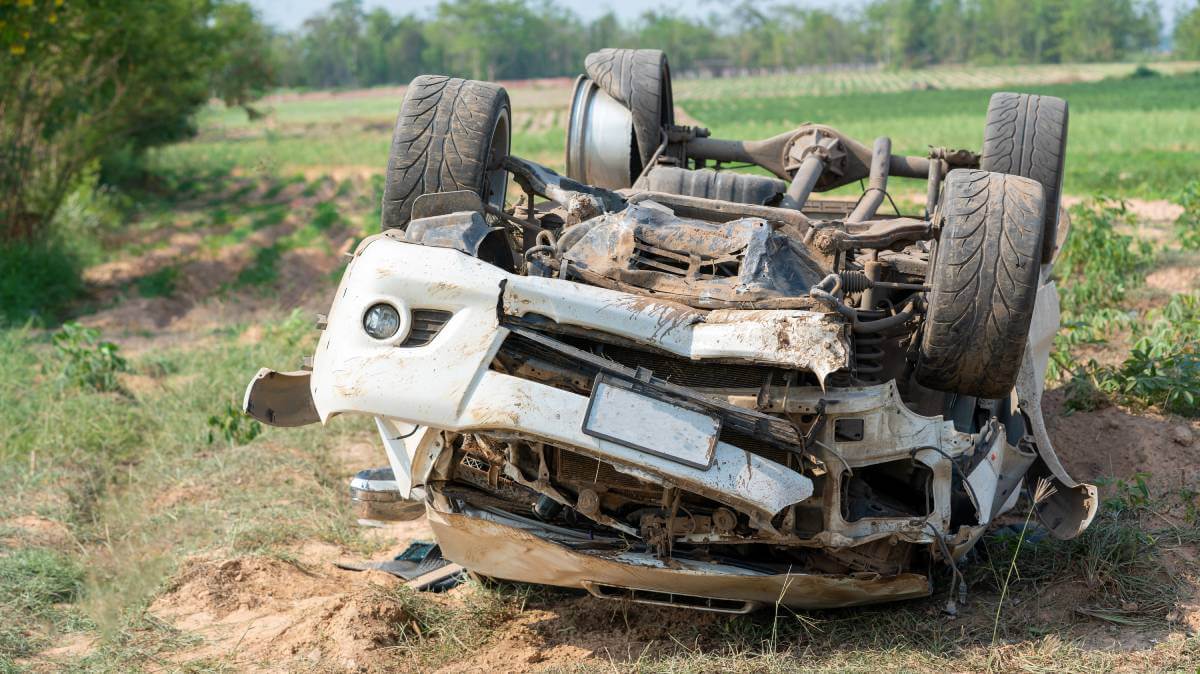How many of you have hopped into your car after a long and tiring day without thinking much about it? The risks of driving while fatigued are substantial and can have fatal consequences. Data from the Australian Automotive Association (AAA) shows between 20 and 30 per cent of all Australian car crashes are due to fatigue.
“Drivers need to make the connection that sleepiness or drowsiness when driving, which many of us are likely to experience, does have significant potential to kill on our roads,” says Silvia Morris, senior instructor at RACV Drive School.
The impact of fatigue is so significant that driving after 17 to 19 hours without sleep equates to operating a vehicle with a blood alcohol concentration (BAC) of 0.05. Staying awake for a full day can impair your driving as much as a BAC of 0.1.
“If you are feeling sleepy, don’t drive until you have slept,” Ms Morris says. “If you have not had enough sleep or are feeling exhausted after a long shift at work, you could ask someone else for a lift, take public transport, or use a taxi, or rideshare service.”
Understanding fatigue
Understanding fatigue is the key to prevention. It’s a feeling of tiredness that can severely diminish concentration, increasing the likelihood of dangerous driving behaviour and accidents. In Victoria alone, fatigue-related crashes claim an average of 30 lives each year, with another 200 people suffering serious injuries, according to Transport Accident Commission (TAC) reports.
Fatigue can be caused by a lack of quality sleep, extended periods of wakefulness or driving during your usual sleeping hours. Physical or psychological strain can cause fatigue, it can also be a side-effect of certain medications. High-risk groups include young drivers aged 18 to 25, shift workers and those with sleep disorders.
Physical symptoms of fatigue include difficulty keeping your eyes open, excessive yawning and daydreaming. One of the most dangerous consequences of fatigue is microsleeps, brief episodes of sleep lasting from two to 20 seconds, during which a driver is completely unconscious and unable to respond to changing road conditions or hazards. At 100kmh, a four-second microsleep means travelling more than 100 metres without any control.
What to do if you feel fatigued while driving
If you notice signs of fatigue while driving, it’s imperative to pull over safely and rest. A short 20-minute nap can significantly reduce fatigue, allowing you to continue your journey more safely or rest more thoroughly later on. Remember to set an alarm to avoid slipping into a deeper sleep, which can leave you feeling groggy.
Having caffeine before a power nap can also be effective, as the caffeine will start to take effect upon waking. Taking a quick walk after the nap can help you wake up.
It’s generally not illegal to sleep in your car in Australia, except for in Queensland. In most states, if you can legally park somewhere, you can sleep in your car there. However, some councils have by-laws preventing it in certain locations.
Playing loud music, opening the windows and turning the air conditioning down are not effective at combatting fatigue.
Fatigue can strike at any time
Contrary to popular belief, fatigue isn’t just a long-distance driving issue; it can affect any driver, regardless of the journey’s length. For longer trips, schedule a 15-minute break every two hours. During peak travel times, the Driver Reviver program offers motorists a chance to take a break and enjoy a complimentary hot drink and snack.
If you have a long drive planned, make sure you have had a good night’s sleep before you start driving. You should also share the driving with someone else if possible.
Car technology for fatigue
To try to stop people driving while fatigued, some car manufacturers are now incorporating ‘driver drowsiness detection’ technology into vehicles. These systems monitor eye and facial movements, vehicle position and steering patterns for signs of fatigue. Brands such as Ford, Kia, Mazda and Subaru are leading the way with drowsiness detection tech.
The risks associated with driving tired are too significant to ignore. By understanding the causes and symptoms of fatigue, taking proactive steps to rest adequately and using technology designed to alert us to drowsiness, you can make our roads safer for everyone.
How do you ensure you’re well rested before a long drive? Do you schedule stops and rest breaks? Let us know in the comments section below.
Also read: Top summer driving tips

